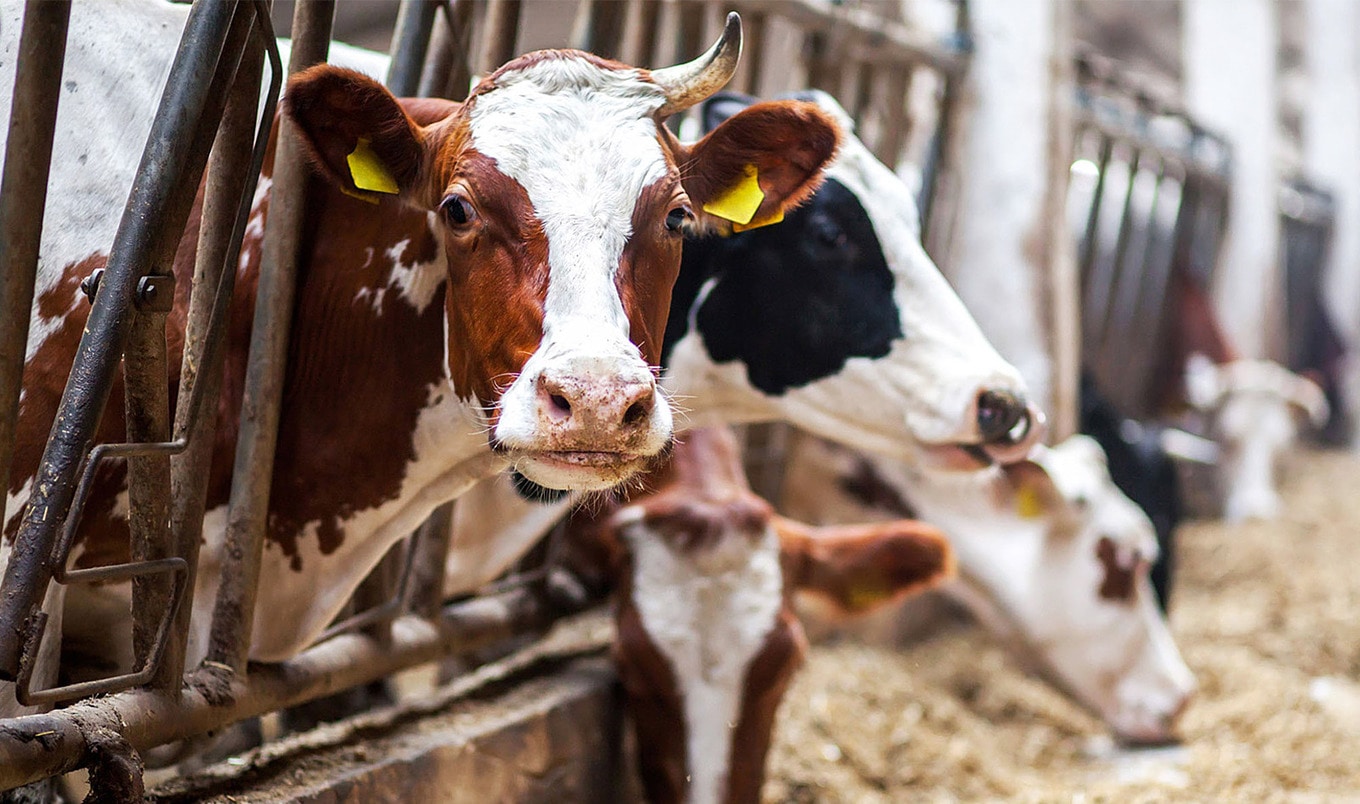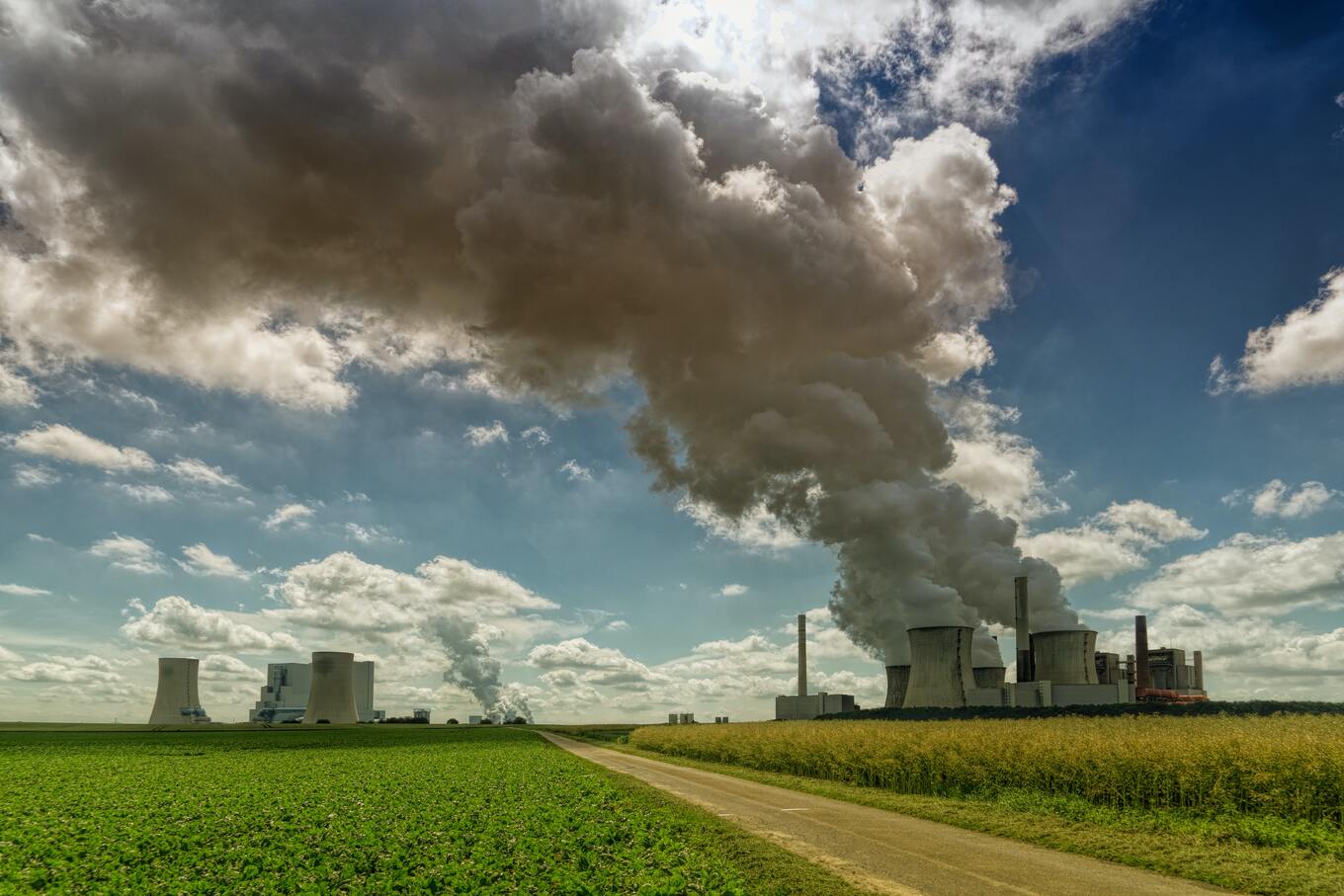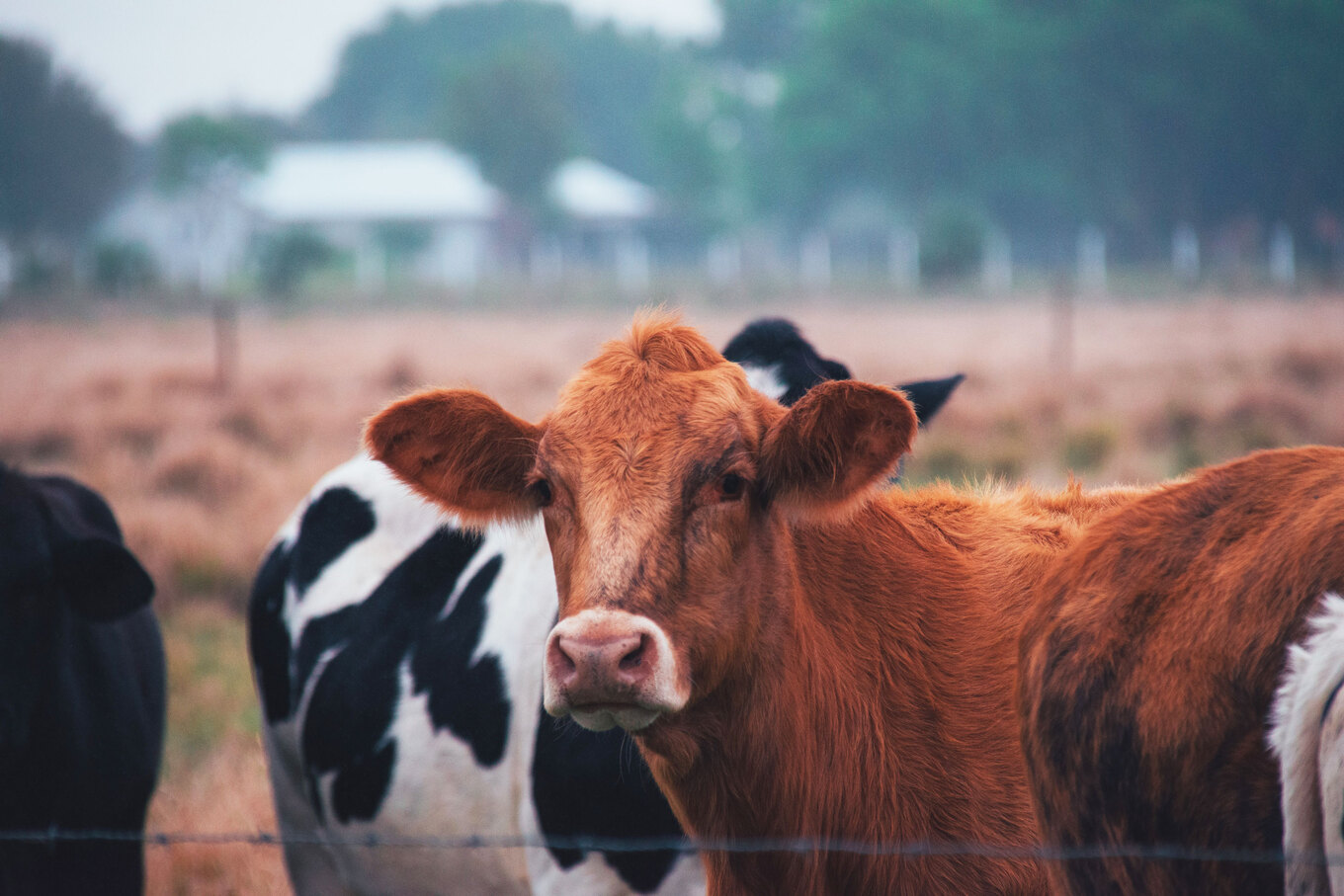A new report has shed light on the alarming lack of coverage given to the role of animal agriculture in climate change. The research, conducted by non-profit news organization Sentient Media and research firm Faunalytics, analyzed the 100 most recent climate articles published by 10 national news outlets, including reputable sources such as The New York Times and Wall Street Journal.
The report’s findings unveiled a startling truth: animal agriculture was mentioned in only 7 percent of the articles reviewed.
The report, titled “Animal Agriculture Is The Missing Piece In Climate Change Media Coverage,” highlights the urgent need for increased media attention on the detrimental environmental impact of animal agriculture. The analysis found that mining, manufacturing, and energy production received significant coverage in 68 percent of articles; fossil fuels were mentioned in 53 percent; but animal agriculture, a leading cause of deforestation and greenhouse gas emissions, garnered only a meager 7 percent of media attention.
Arthouse Studio/Pexels
Of the limited coverage given to animal agriculture, much of it focused on the climate impacts of livestock, neglecting to address the crucial issue of meat production as a significant contributor to greenhouse gas emissions. The study reveals a significant disparity between the actual emissions caused by animal agriculture and the media coverage it receives in discussions surrounding climate change.
“The cattle industry alone accounts for over 60 percent of animal agriculture emissions, yet only 30 percent of the articles that brought up animal agriculture mentioned the cattle industry,” Coni Arévalo, a research associate at Faunalytics, said in a statement.
“Our research shows that there is a major disparity between the amount of emissions caused by animal agriculture and how much media coverage this industry gets when climate change is the topic of discussion.”
Table of Contents
The connection between diet and climate change
The report provides examples of missed opportunities to educate the public on the connection between diet and climate pollution. It highlights stories that reported on how drought conditions during the summer of 2022 threatened livestock populations, leading farmers to sell animals for slaughter due to the inability to keep them cool and hydrated. Such stories failed to inform readers about the impact of their dietary choices on climate emissions, despite beef consumption being a major driver of emissions in the food sector.
Interestingly, the Los Angeles Times stood out among the news outlets analyzed, mentioning animal agriculture in 14 percent of articles. Reuters and CNN were also recognized for their efforts to discuss the impact of diet on climate change in articles that addressed animal agriculture.

Adobe
Ana Bradley, the executive director of Sentient Media, stressed the influence of the media in shaping public choices and behaviors. Bradley hopes that the report will encourage journalists and publications to address the void in coverage and equip readers with essential facts.
“The media holds incredible influence over how we live our lives and the choices we make. We’re missing a huge piece of the story by continuing to ignore the role of industrial animal agriculture,” Ana Bradley, executive director of Sentient Media, said in a statement. “With the release of this report, we hope to build a network of journalists and publications who want to fill this gap in coverage, and arm readers with the facts.”
To rectify the lack of media attention, Sentient Media plans to publish a reporting toolkit and launch the Food and Farming Media Network hub, providing resources and fostering collaboration among journalists. Recognizing the challenges faced by climate journalists, who struggle to secure resources for climate coverage, Sentient Media aims to bridge the gap between climate and food reporting.
 Johannes Plenio
Johannes Plenio
As the urgency of the climate crisis intensifies, it is crucial for media outlets to address the significant environmental impact of animal agriculture. By increasing coverage and fostering informed discussions, journalists can play a pivotal role in raising awareness and empowering individuals to make sustainable choices that mitigate climate change.
Livestock’s massive methane production
Another report published earlier this year found that livestock’s production of methane, a potent greenhouse gas, emissions is largely ignored by policymakers and governments worldwide. The review, published in the journal One Earth, researchers shed light on the alarming oversight of methane, found that current global methane emissions policies only cover a mere 13 percent of these emissions, according to the study.
In their study, the team scrutinized 281 policies across sectors responsible for the highest methane production, including energy, waste, and agriculture. The authors noted that in the agriculture sector, current policies target mostly manure, which, globally, is a smaller source of methane emissions than enteric fermentation (cow flatulence), despite it constituting the major source of methane emissions in agriculture.
 Unsplash
Unsplash
“Full adoption of the most effective mitigation strategies will not be sufficient to meet 2050 climate targets because [methane] mitigation effects are offset by projected increases in methane emissions as a result of higher milk and meat demand in low- and middle-income countries,” the report says.







